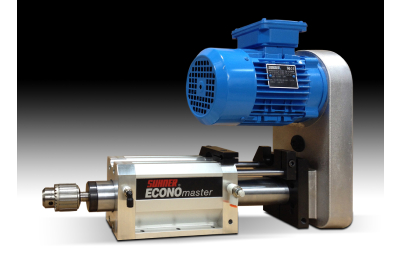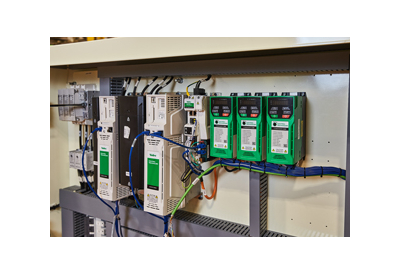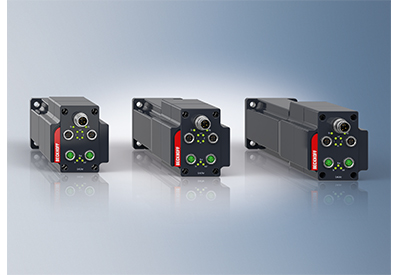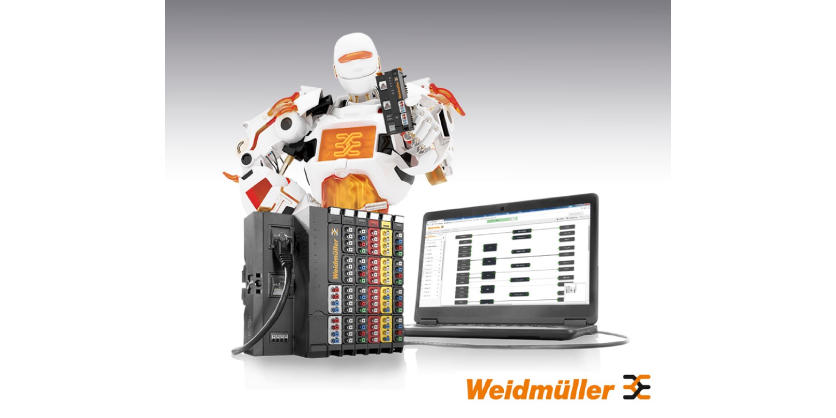POSITAL’s New Multiturn Counter Module: Battery-Free Rotation Counts
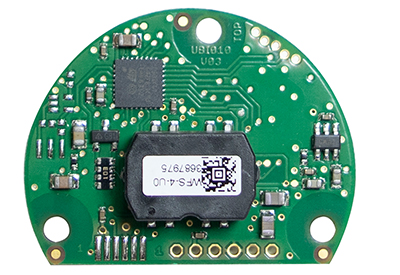
November 11, 2020
POSITAL’s Multiturn Counter Module is a zero-maintenance rotation counter designed to be integrated into motors or other types of rotating machinery to provide their control systems with a reliable count of the number of rotations the machine has completed. These modules can be used in many situations where rotation counts are needed, including positioning tasks in machine tools, robots, packaging machinery and medical equipment.
“The new multiturn counter module is an unbundled version of the rotation counter built into our multiturn kit and stand-alone encoders”, explains Christian Fell, head of POSITAL’s North American business. “By offering this as a separate component, we are making our well-proven, maintenance-free counter technology available to manufacturers or machine builders who prefer to use other solutions to measure rotations in the 0 – 360 ° range, or who are only interested in keeping track of complete rotations.”
A special feature of POSITAL’s multiturn counter module is a Wiegand wire-based energy harvesting system that powers the counter and memory circuits. “An important advantage of this system is that it completely eliminates any need to check, replace and dispose of backup batteries”, continues Fell. The counter module uses magnetic sensing technology and requires a small permanent magnet mounted on the rotating shaft. A Wiegand sensor on the module generates a small amount of electrical energy with each rotation of the magnet, activating the counter and ensuring that each rotation is reliably recorded – even if movements occur while control system power is unavailable. Output from the Wiegand system is nearly speed-independent, so that the counter module will reliably record rotations for speeds ranging from near-zero to 12,000 RPM. The measurement range is 43 bits, or almost 9 trillion net turns.
The multiturn counter module is mounted on a 35 mm PCB, designed to fit easily into the housing of the host machine. Available accessories include a Samarium-Cobalt permanent magnet (to be mounted on the rotating element of the machine), a bottom shield (to isolate the device from magnetic fields originating inside the host machine) and an upper shield (for protection from external magnetic fields, dust and other environmental hazards). The counter module communicates with the controller unit through an SPI bus interface and has extensive internal diagnostic capabilities to simplify setup and improve reliability.
For more information, visit www.posital.com.


